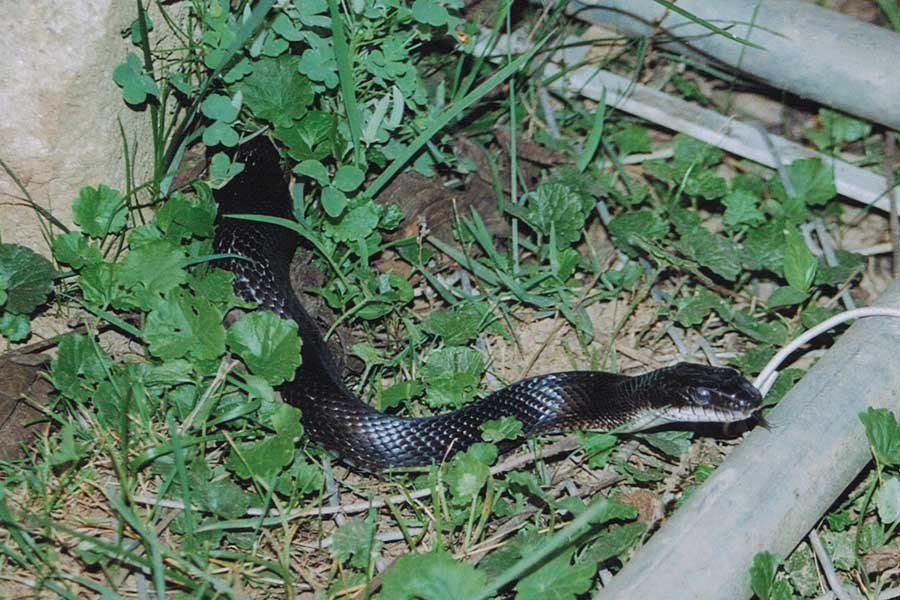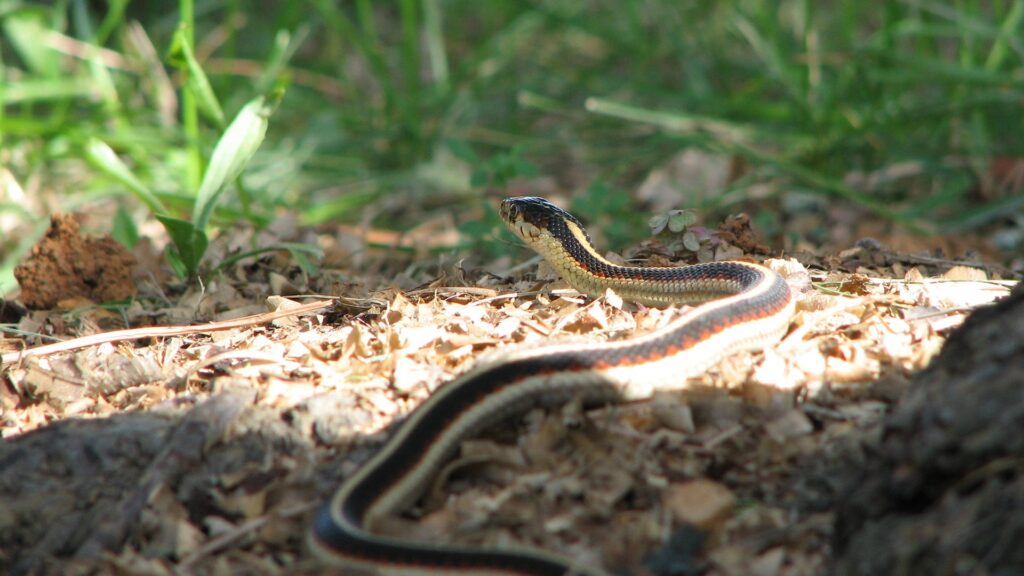How to Identify Snake Holes (Burrows) in Your Backyard

How to Identify Snake Holes (Burrows) in Your Backyard
Backyards are meant to be peaceful places where you can relax, garden, or enjoy time with family—but sometimes, unexpected guests find their way in. As temperatures climb from early spring to fall, snakes become more active and may seek out quiet, sheltered spots near human homes. While most snakes are harmless, it’s still important to recognize when one might be living nearby. Spotting a burrow in your yard can be the first clue—so knowing what to look for can help you take action early and avoid unwanted surprises.
1. Size and Shape of the Hole
Snake holes are usually small, clean, and discreet. Most measure between 1 to 3 inches in diameter and have smooth, rounded edges. This smooth appearance is due to the way snakes enter and exit—by sliding through without disturbing the soil too much. Unlike rodent or mole holes, which may look messy or jagged from digging, snake holes typically appear undisturbed and flush with the ground.
2. Signs of Snake Presence
If you’re wondering whether a hole is just an empty space or a snake’s hideout, look for additional clues. One of the most common signs is shed snake skin in or near the hole. Snakes regularly shed their skin as they grow, and they often do it close to their burrows. In softer soil, you might even notice faint track marks or scale imprints that indicate a snake has recently passed through. These subtle clues can help confirm whether you’re dealing with a snake or another animal.
3. Common Hiding Spots
Snakes are intelligent and highly cautious, which is why they choose to live in well-hidden areas that offer cover and protection. In backyards, snake burrows are often found near home foundations, under decks or porches, beside rock or wood piles, and around sheds. These locations give snakes a sense of security and are often overlooked by humans—making them perfect for nesting or resting.
4. Moist or Damp Environments
Snakes tend to gravitate toward cooler, damp areas—especially during hotter days when they need to regulate their body temperature. You’ll often find snake activity near water sources such as garden ponds, drainage ditches, birdbaths, or even leaky outdoor faucets. These environments not only keep snakes cool but also attract their prey, like frogs, insects, or rodents, making them ideal hunting grounds.

5. No Dirt Mounds Around the Hole
One of the easiest ways to differentiate a snake hole from a rodent or mole hole is by checking for dirt mounds. Snakes don’t dig their own burrows; they typically occupy abandoned ones or squeeze into natural crevices. As a result, snake holes do not have piles of loose dirt around them. In contrast, mole or chipmunk holes often have visible dirt mounds created by digging. So if you see a hole that’s clean and free of excess soil, it could belong to a snake.
How to Prevent Snake Holes in Your Backyard
Keeping your outdoor space clean and unwelcoming to snakes is the best way to reduce the chance of them moving in. Here are some practical steps to follow:
Keep Your Lawn Short and Tidy
A well-maintained yard leaves fewer hiding spots for snakes. Trim overgrown grass, clean up leaves and yard debris, and keep clutter to a minimum. Tall grass and dense bushes are perfect places for snakes to hide.
Seal Any Gaps or Entry Points
Check around your house, shed, and fences for small openings or cracks that snakes might use. Seal them properly with caulk, mesh, or other materials to block entry. Pay extra attention to spaces under decks or stairs.
Remove or Reduce Water Sources
Standing water is a magnet for both snakes and their prey. Fix leaky outdoor pipes or hoses, clean birdbaths regularly, and ensure proper drainage around your yard to avoid creating damp, attractive environments.
Use Natural or Commercial Repellents
Natural oils like clove and cinnamon can act as mild snake repellents when used around the yard or garden borders. Alternatively, safe commercial snake repellents are available at most garden centers and can be applied as directed.
Install Snake-Proof Fencing
For areas that are especially vulnerable—like gardens, chicken coops, or ponds—consider installing snake-proof fencing. Use fine mesh or hardware cloth, and bury it a few inches into the soil to prevent snakes from slipping underneath.
Eliminate Rodent Activity
Rodents are a primary food source for many snakes. By keeping your property free of rats, mice, and other small critters, you reduce the incentive for snakes to stick around. Store garbage securely, avoid leaving pet food outdoors, and consider humane traps or pest control if needed.
Disclaimer:
The information provided here is intended for general awareness and practical guidance. While the tips shared may help reduce snake activity, they cannot guarantee complete protection. Every property is unique, and wildlife behavior can vary. For accurate assessment or safe removal, always consult a licensed professional.












